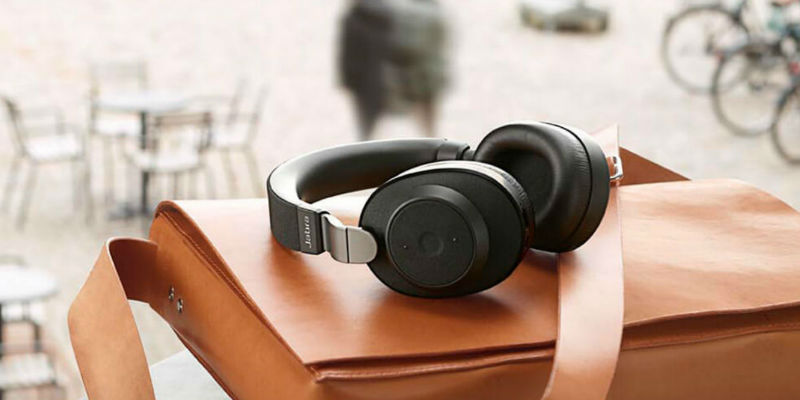Strictly speaking, any headphones are harmful. Wired, Bluetooth. Infrared, radio frequency, monitor, overhead, 'plugs', 'droplets' … Any such devices exert unwanted sound pressure on the eardrum and form an attractive environment for bacteria to develop in the outer ear.
Therefore, it is recommended that you do not use the headphones continuously or at full volume. Otherwise, it is quite possible to face hearing impairment or otitis media (or similar bacterial inflammations).
However, the question 'Are wireless headphones harmful?' implies a little different – are they more harmful than everyone else? Let's try to figure it out.
How can wireless headphones be harmful?

The sound pressure on the eardrum and the creation of an airtight, moist and warm environment in the outer ear, attractive for the development of bacteria and bacterial infections, is sorted out. Now it's the turn of the radio signal.
Wireless headphones – it's worth mentioning that now we will talk about models with Bluetooth and 2.4 GHz radio frequency – they use a radio signal to communicate with a smartphone or computer. However, its special frequency and digital transmission on it specify the interface. So, Bluetooth – headphones use the most common frequency in civilian close communication – 2.4 GHz.
Almost everything broadcasts at 2.4 GHz. It is emitted by Wi-Fi routers and computer mice without cable, cordless phones and microwave ovens. Bluetooth also uses 2.4 GHz. As a result, a bunch of equipment around the user radiates at 2.4 GHz, creating energy flows.
So, if the author of this article was in the open field with a full set of his EDC, he would still have five devices emitting at 2.4 GHz – a smartphone, a laptop, Bluetooth – a mouse, a clock and wireless headphones.
The active proliferation of wire-free devices leads to the so-called 'electromagnetic pollution of the environment'. And in this case, there are standards! Namely – SanPiN 2.2.4 / 2.1.8.055-96, which describes the maximum permissible harmless value of the energy flux at a frequency of 2.4 GHz. It is 200 μW / cm2 × h.
The average energy flux from wireless headphones with Bluetooth is 1.6 μW / cm2 × h. It's not just very few. In order for wireless headphones to somehow harm, you will have to wear at least 150 pairs of them on yourself. Hardly anyone has so many ears …
Stop! Microwaves and wireless headphones use the same frequency!

One of the important arguments of supporters of the idea of \ u200b \ u200bthe harm of electromagnetic pollution from BT and Wi-Fi is the assertion that microwave ovens and Bluetooth use the same frequency – 2.4 GHz. And it is true. And microwave ovens fry all living things that appear in them.
There is only one 'but' – power. Let's make an analogy. In hospitals, physiotherapy is often used to treat various muscle diseases – electrodes are connected to the patient and they begin to shock him. Not only does this happen voluntarily, it also helps! So the current is useful? And if you stick your fingers into an outlet, can you be cured of everything at all?
No matter how it is. A high-strength current is quite capable of 'frying' a person.
Likewise with 'magic 2.4 gigahertz'. There is a very powerful transmitter in the microwave, 600-800 watts. You cannot find these 600 watts in a phone or laptop, at least reach 100 µW there … Therefore, radiation from a phone, laptop, wireless headphones, Wi-Fi routers or mice there is not dangerous.
Conclusion
Wireless headphones are no more harmful than any other. And as with all types, it is important to practice good hearing hygiene. Do not use audio equipment at very high volume, do not wear it on your head for more than an hour without a break.
It is also worth considering that monitor or 'overhead' models are slightly less harmful than in-ear models. The latter reliably clog the ear canal and direct the sound stream directly to the long-suffering tympanic membrane. Monitor models provide less tightness of the outer ear organs and, at the same volume, create less sound pressure on the internal organs of hearing.
And, of course, you need to take off the headphones when crossing the road – rail or road – and when in public places or high-risk areas.









